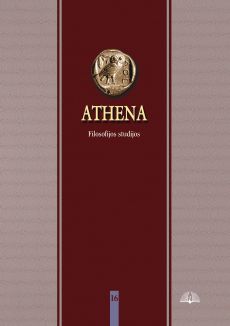Bendroji organologija: tarp organizmo ir mašinos
General Organology: Between Organism and Machine
Author(s): Audronė ŽukauskaitėSubject(s): Contemporary Philosophy, Philosophy of Science, Demography and human biology, ICT Information and Communications Technologies
Published by: Lietuvos kultūros tyrimų
Keywords: organism; machine; organology; technical object; Simondon; Stiegler; Hui;
Summary/Abstract: In this article, I discuss the theory of organology, which examines the interaction between the organism and the machine. The term “organology” was proposed by Georges Canguilhem in his text “Machine and Organism”. Referring to his predecessors, such as Ernst Kapp, Alfred Espinas, and André Leroi-Gourhan, Canguilhem argues that tools and technologies can be understood as an extension of biological organisms. Thus, organology examines the relationships between organisms and machines as well as redefines machines as organs of the human species. In a similar manner, Simondon examines technical objects as belonging to general ontogenesis, which encompasses both living and non-living beings. Later, this idea is significantly elaborated by Bernard Stiegler who creates his own theory of “general organology” and asserts that human life can be maintained only through the invention of tools and the organization of the inorganic. The notion of “general organology” is taken further by Yuk Hui who argues that technical objects are becoming organic in the sense that they incorporate organic properties, such as recursivity and contingency. Thus, not only does “general organology” question the opposition between mechanism and vitalism but also inscribes technical objects into the continuum of living beings.
Journal: Athena: filosofijos studijos
- Issue Year: 2021
- Issue No: 16
- Page Range: 52-68
- Page Count: 17
- Language: Lithuanian

